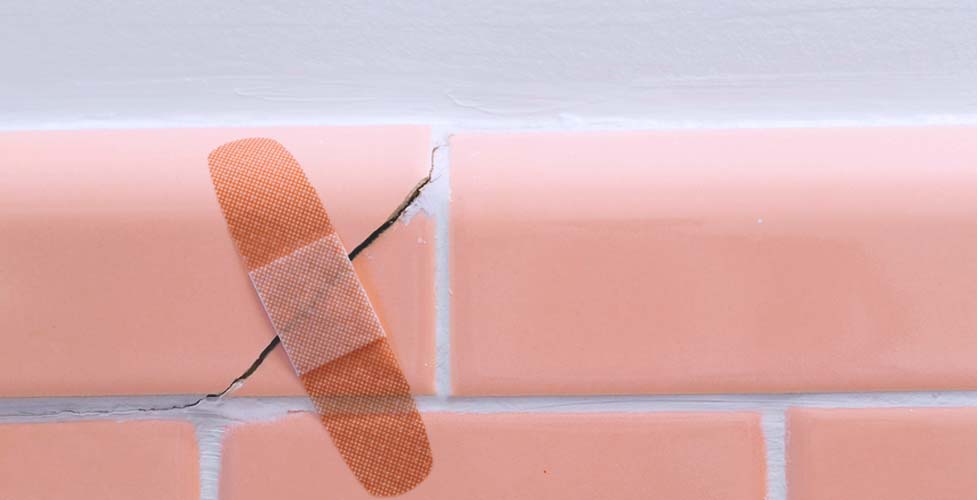Preventing a Diabetic Foot Ulcer
3rd Oct 2019

When you have diabetes, learning how to check your feet is crucial to identifying a potential problem early on. This means inspecting the bottoms of your feet and in between your toes, too. No matter how minor a cut, bruise, or blister may seem, any abnormalities you discover should be addressed immediately to prevent infection and more serious complications from setting in.
Foot ulcers are of particular concern to folks with diabetes. These open sores or wounds occur in about 15 percent of patients with the disease, and are most commonly located on the bottom of the foot. Of those who develop a diabetic foot ulcer, 6 percent will be hospitalized due to infection, and nearly a quarter of them will require an amputation.
To avoid developing a diabetic foot ulcer and to keep your feet as healthy as possible, read up on the causes, treatment, and prevention techniques below.
Causes
Diabetic foot ulcers form due to a combination of many different factors. Lack of feeling in the feet, poor circulation, foot deformities, irritation, and trauma often create the perfect storm for a diabetic foot ulcer, and anyone who has diabetes can develop one. However, the following types of individuals are at a higher risk:
- Native Americans, African Americans, Hispanics and older men
- Diabetics who use insulin
- Patients with diabetes-related kidney, eye, and heart disease
- Diabetics who are overweight and use alcohol and tobacco
Diabetics with neuropathy, which is a reduced or complete lack of feeling in the feet due to nerve damage, may not even know that they have an ulcer. This is why it’s so important for those with diabetes to inspect their feet daily and have their doctor do a thorough examination at each visit.
Treatment and Prevention
The best way to prevent a diabetic foot ulcer is by seeing your podiatrist on a regular basis. You should also practice good diabetes foot care at home, which includes keeping your feet clean and dry as well as wearing diabetic socks and shoes with full coverage on the top and bottom. If you do happen to develop a foot ulcer, there are a few things you can to do to prevent it from becoming infected:
- Keep blood glucose levels under control
- Keep the ulcer clean and bandaged
- Avoid walking around barefoot
Healing a diabetic foot ulcer may take as little as a few weeks or require several months depending on the size and location of the wound, swelling, circulation, and blood glucose levels. With early detection and proper treatment, you can prevent a diabetic foot ulcer from becoming a more serious problem.

